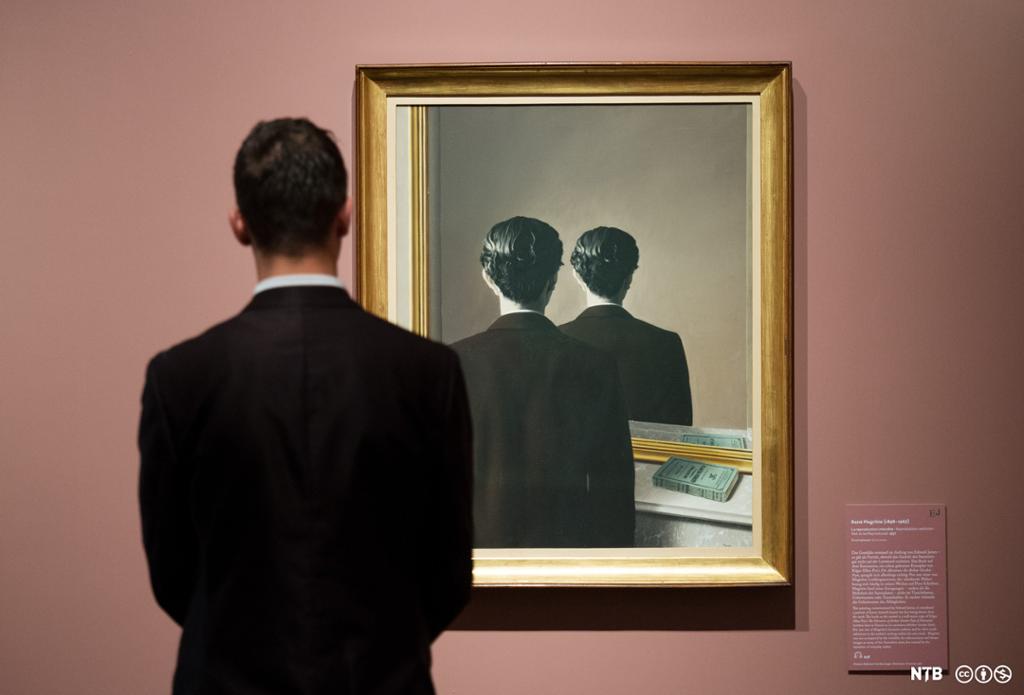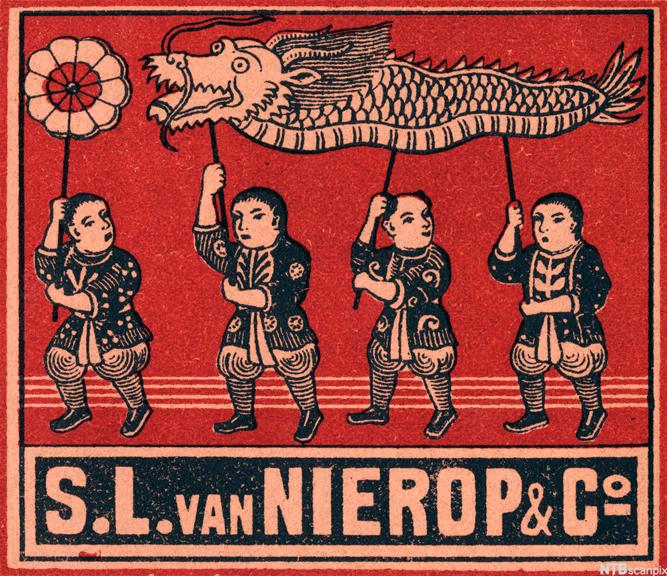How to analyse a picture

We can divide the process into three steps:
- description
- analysis
- interpretation
Start by presenting the picture. The presentation should include the title, name of the artist, any additional text the artist has chosen to include, information about when the work was made, and where it was first displayed or published.
Study the picture. Start by describing what you see. Look at shapes and colours. In this first phase it is important to leave out the interpretation. It can be good practice to describe a picture that comes from a different culture than your own, so that you meet it fresh without preconceptions.
A picture can be interpreted in many different ways. The way we interpret a picture is influenced by the culture we are a part of, and our personal experiences.
A picture's message arises from the interaction between the work and the viewer. Images used in newspapers, or images used in advertising, have been placed into a context which limits interpretation. Here the sender wants an image to be interpreted in a certain way.
A picture is made up of individual elements that have been put into a specific context. The picture has been composed in a specific way. Visual devices such as colour, contrast, and symbols also influence how we perceive the work. The next step in the analysis is to describe the composition of the work, what visual devices we notice, and how this influences our experience of the work.
Any picture is a representation, an interpretation of reality. When we analyse the picture we 'decode' the message in the image. The picture usually has a purpose. The creator may want to inform us about something, influence, or give us a certain experience. When we interpret the image, we try to explain as clearly as possible what purpose we believe the picture has.
A picture contains a lot of information about the time and the society in which it was created. At the same time, the content of a picture can be understood differently when it is placed into a new context. This should be commented on in an interpretation.
